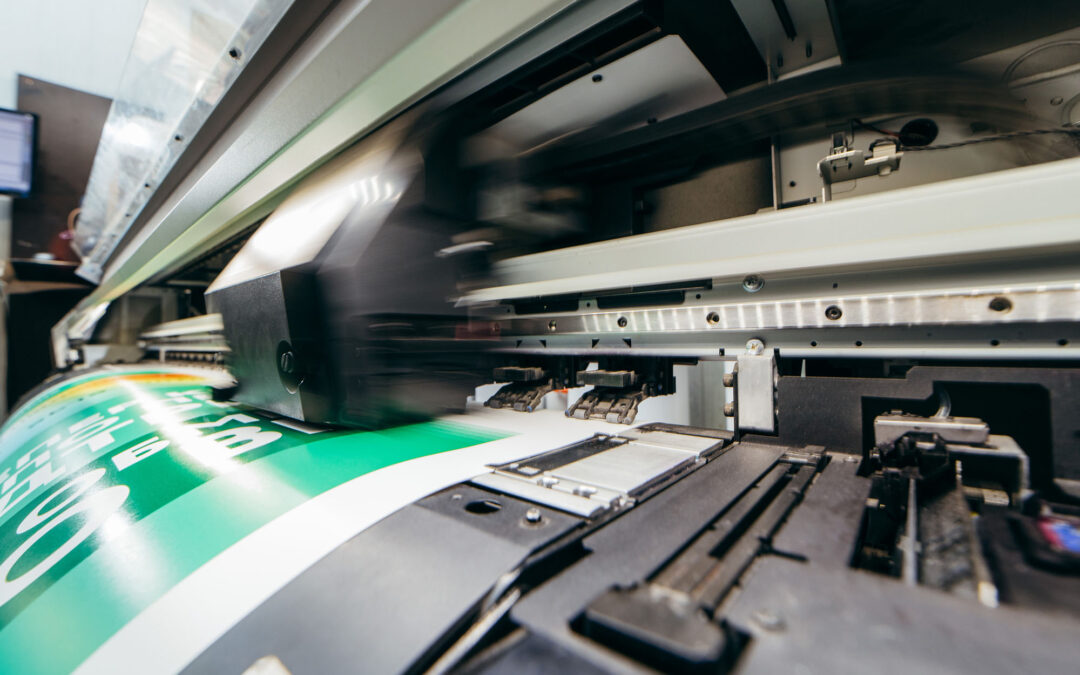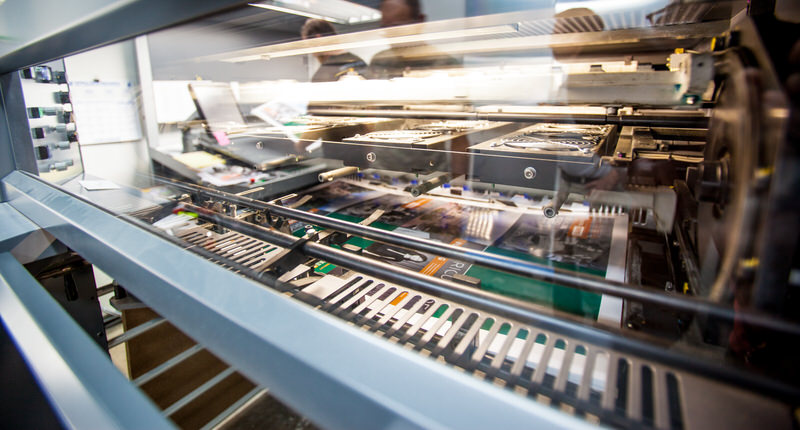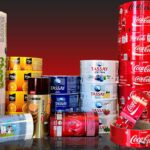In the world of printing, common offset press configurations play a crucial role in determining the quality and efficiency of the final printed product. For marketing professionals, understanding these configurations is essential to ensure that their marketing materials are produced to the highest standard. Offset printing, also known as offset lithography, is a widely used printing technique that involves transferring an inked image from a plate to a rubber blanket, and then onto the printing surface. This method is known for its high-quality output and cost-effectiveness for large print runs.

The Basics of Offset Printing
How Does Offset Printing Work?
Offset printing operates on the principle of oil and water repelling each other. The image to be printed is etched onto a metal plate, and ink is applied to the plate, adhering only to the image area. The non-image areas are coated with a water-based solution to keep them ink-free. The inked image is then transferred to a rubber blanket, which presses the image onto the paper. This indirect method of printing helps maintain the quality of the print over large runs.
Components of an Offset Press
To understand common offset press configurations, it’s important to know the main components of an offset press:
- Plate Cylinder: Holds the printing plate.
- Blanket Cylinder: Transfers the image from the plate to the paper.
- Impression Cylinder: Presses the paper against the blanket.
- Ink Rollers: Distribute ink to the plate.
- Dampening Rollers: Apply the water-based solution to the plate.
Types of Offset Press Configurations
Sheet-Fed Offset Press
The sheet-fed offset press is a common configuration where individual sheets of paper are fed through the press. This type is ideal for printing smaller quantities of high-quality materials such as brochures, flyers, and magazines. It offers flexibility in paper types and sizes, making it suitable for diverse marketing needs.
Web-Fed Offset Press
The web-fed offset press, on the other hand, uses a continuous roll of paper and is more suited for high-volume printing tasks, like newspapers and catalogs. This configuration is highly efficient, as it allows for faster printing speeds and reduced paper waste.
Perfecting Presses
Perfecting presses, also known as duplex presses, are designed to print on both sides of the paper simultaneously. This configuration is particularly useful for projects requiring double-sided printing, offering time and cost savings.
Choosing the Right Configuration
Factors to Consider
When selecting the appropriate offset press configuration for a project, several factors should be considered:
- Print Volume: High-volume projects may benefit from web-fed presses, while smaller runs are more cost-effective with sheet-fed presses.
- Print Quality: For marketing materials that require superior image quality, sheet-fed presses are often preferred.
- Paper Type: Some configurations handle specific paper types better, such as glossy or textured papers.
- Cost: Budget constraints may influence the choice of configuration, as different setups have varying operational costs.
Environmental Considerations
Environmental impact is another important aspect of selecting an offset press configuration. Web presses often produce more waste, but advances in technology have led to more sustainable practices, including recycling and energy-efficient machinery.
Latest Innovations in Offset Printing
Automation and Digital Integration
Recent advancements in offset printing include greater automation and integration with digital technologies. These innovations reduce setup times, improve accuracy, and streamline the printing process, making it more efficient and cost-effective.
Improved Ink and Plate Technologies
Developments in ink formulations and plate technologies have enhanced the quality and versatility of offset printing. These improvements allow for sharper images, vibrant colors, and faster drying times, benefiting marketing professionals who demand high-quality outputs.
Conclusion
Understanding common offset press configurations is vital for marketing professionals who rely on printed materials to communicate their messages effectively. By choosing the right configuration, they can ensure that their materials are produced efficiently, cost-effectively, and to the highest quality standards. As the printing industry continues to evolve, staying informed about the latest innovations and sustainable practices will be key to leveraging the full potential of offset printing.

FAQs
What is the main advantage of using offset printing?
Offset printing is known for its high-quality output and cost-effectiveness for large print runs. It produces sharp, vibrant images and can handle various paper types and sizes.
How do I choose the right offset press configuration?
Consider factors such as print volume, quality requirements, paper type, and budget. Each configuration has its strengths and is suited for different types of projects.
Are there environmental benefits to using certain offset press configurations?
Yes, choosing configurations that minimize waste and utilize energy-efficient technologies can reduce the environmental impact of printing projects.
This article contains affiliate links. We may earn a commission at no extra cost to you.






